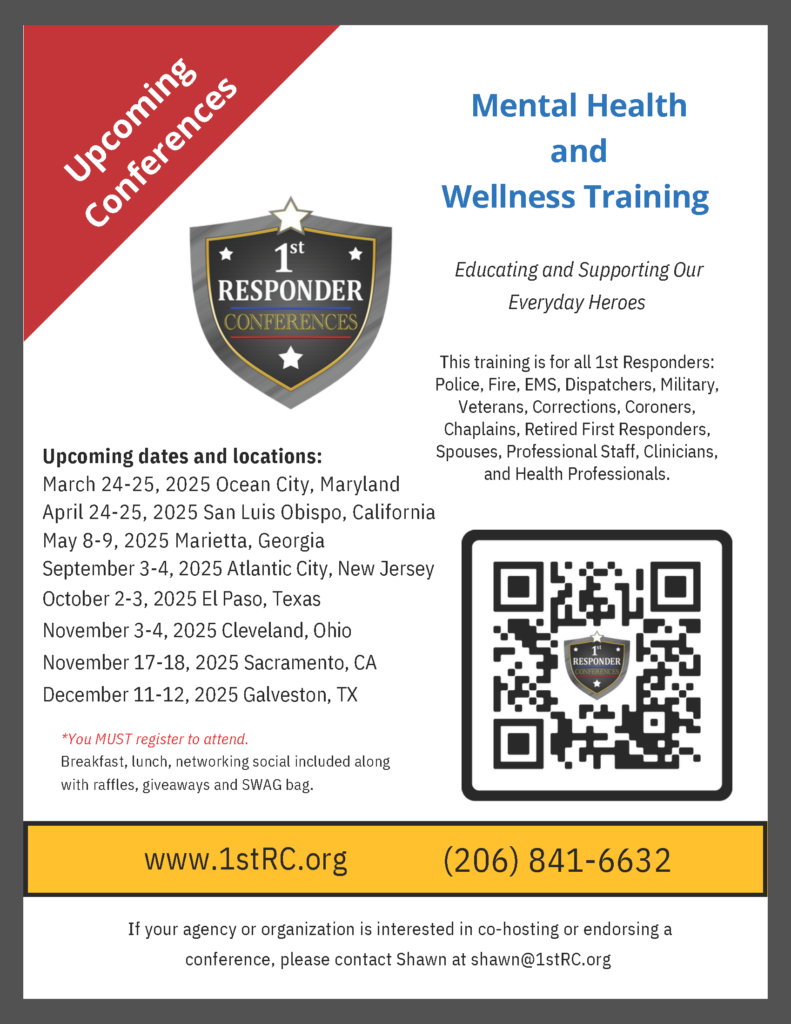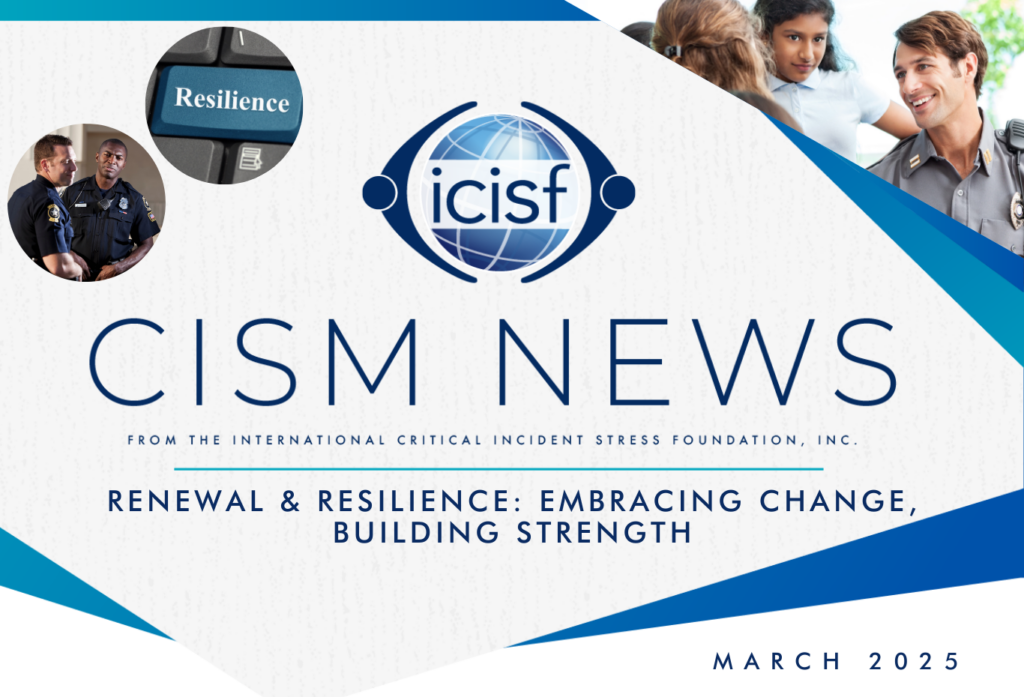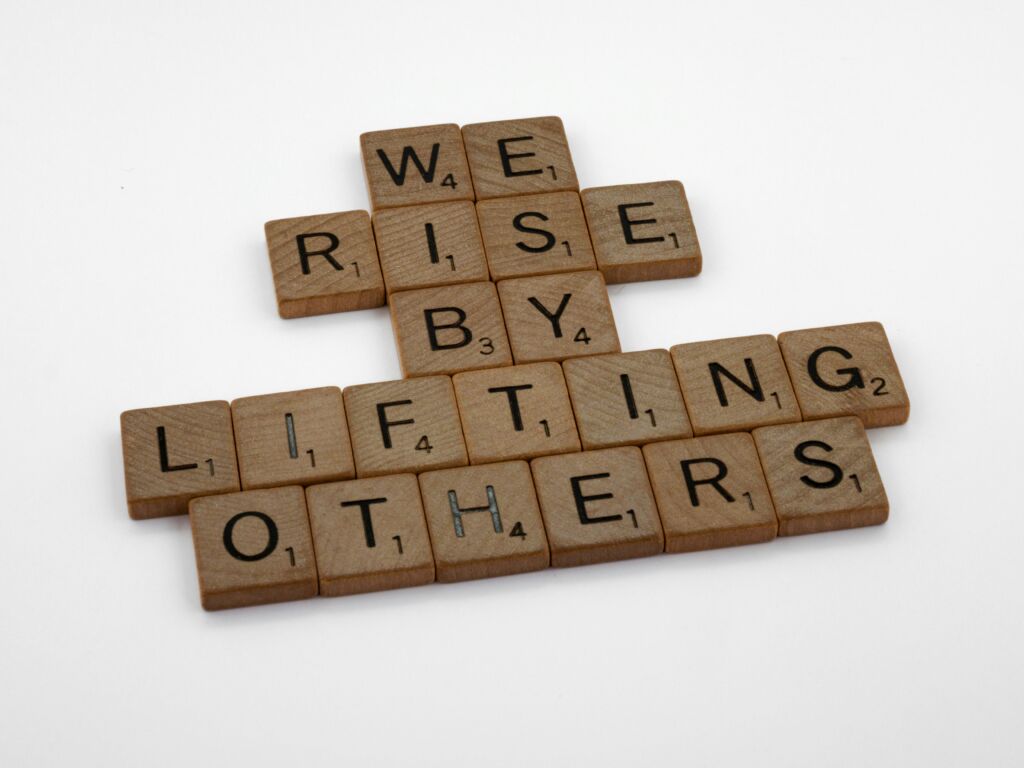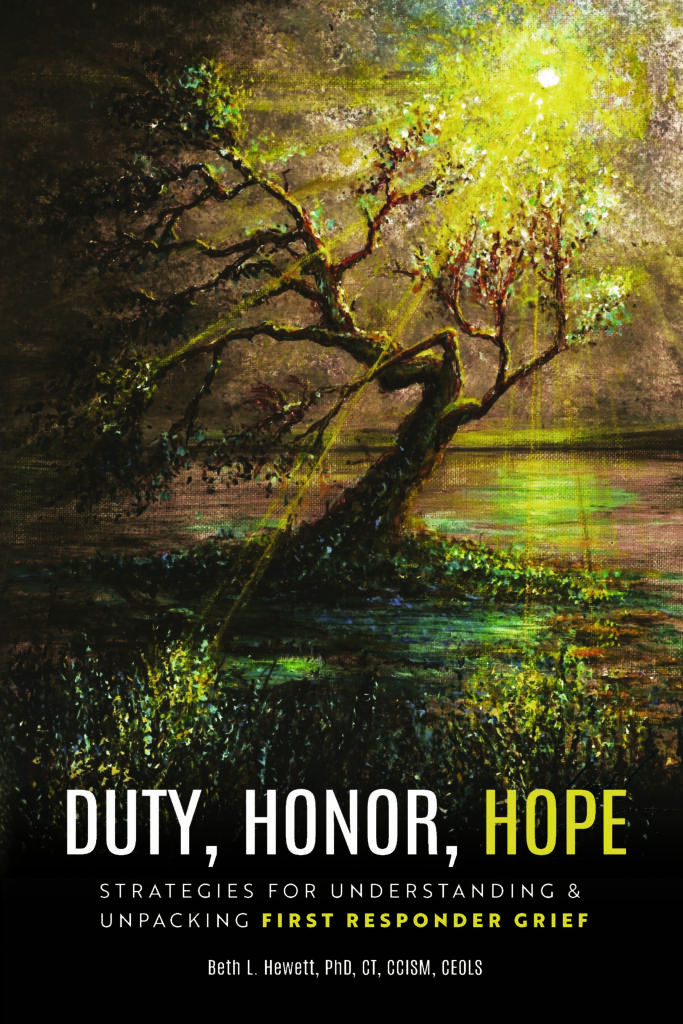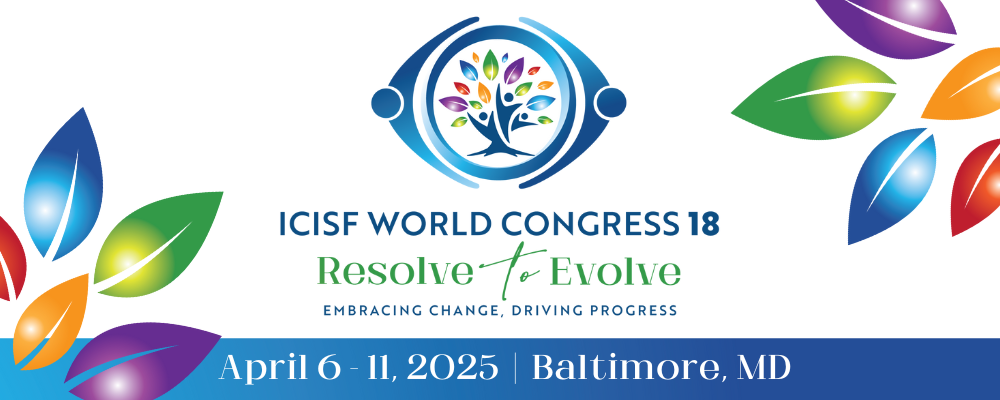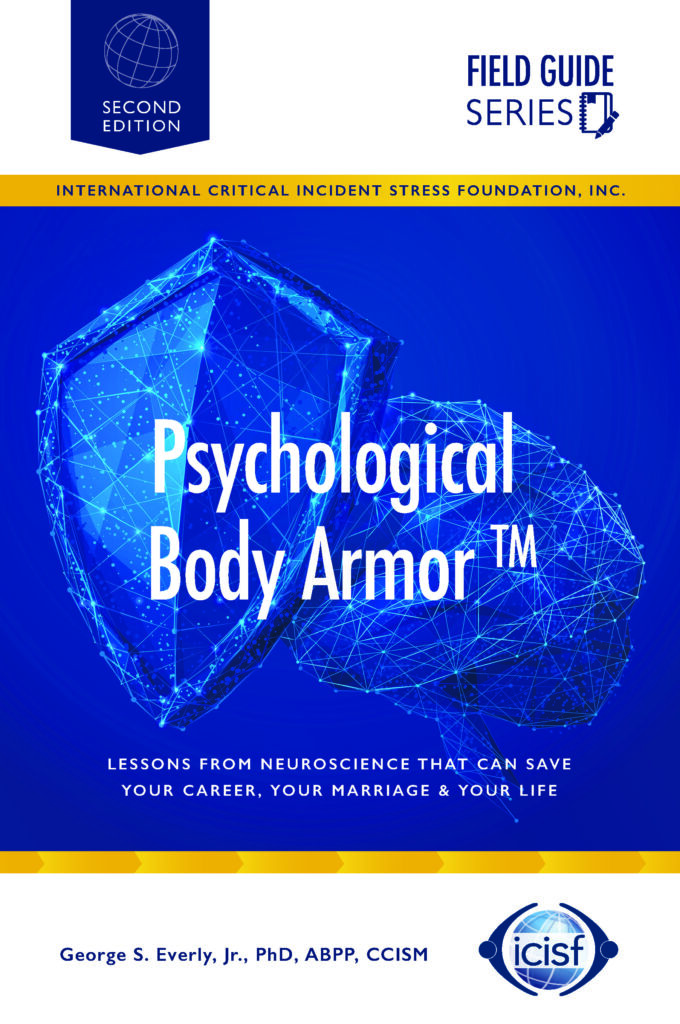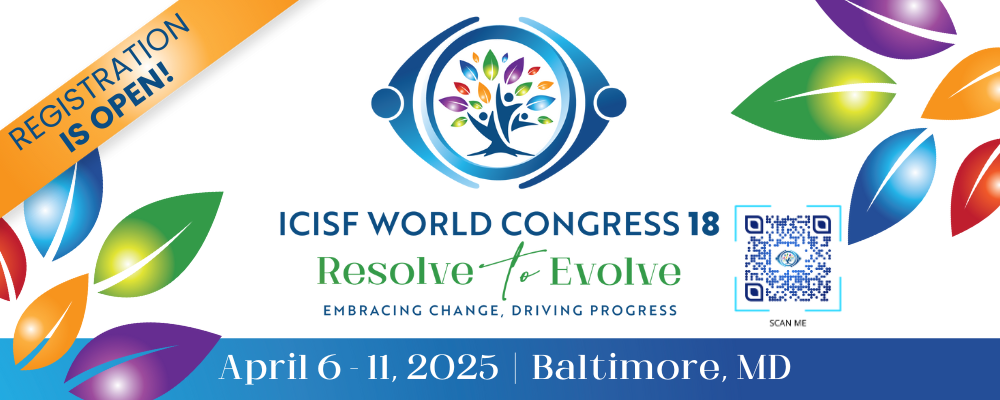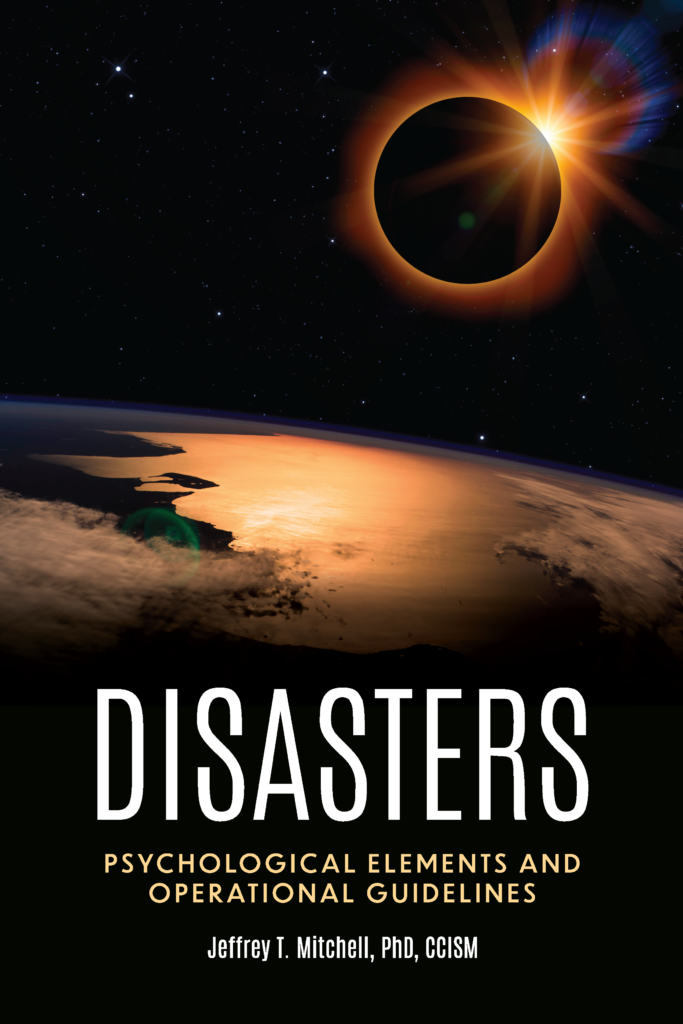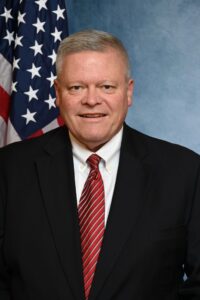KAYLA’S STORY
By: Kayla Wilbert
My name is Kayla. I was a member of my local volunteer fire department for 11 years, having joined when I was 16 years old. The only training I had prior to joining was from the Protective Services Program at Vo-Tech. I became a peer support member of the Butler County CISM Team in January of 2020 to help first responders deal with the trauma from accidents, fatalities, and the deaths of friends so that they will not have to go through what I went through when help was not available when I needed it. I am here to share my story about an incident that I responded to involving the death of a close friend, and the mental anguish that I suffered in the aftermath.
June 10, 2016, was going like most other days. I had arrived home from working the afternoon shift and did a few chores that I needed to do before going to bed. I remember just falling asleep when my fire pager went off at 3:40 in the morning for a vehicle accident with a male ejected from a pickup truck on a road in our jurisdiction. I got out of bed, got dressed, and responded to the station. I got into my gear and jumped onto the engine. When we arrived at the scene, I ran down to see what I could do to help just as they were putting a sheet over my friend Brian. Brian was dead. He had been ejected from his truck that had rolled multiple times. My friend was lying dead on the roadway with a trail of his personal belongings leading back to where the truck started rolling, coming to rest over a small embankment. We had to stand by on the scene while the police did their investigation and finally cleared the scene at 7:00 AM.
Coming back from the call, some thoughts started going through my head: Where was he coming from? What was he doing before it happened? I tried to brush it off – it was done and over with, right? I went home and went to sleep because I had to go back to work that afternoon. Driving to work that afternoon, everything hit me all at once. Brian was dead, and there was nothing that I or anyone else could have done to save him.
A short time after that incident, I found myself backing off on responding to calls because I had constant flashbacks and nightmares. Every time I got on the engine all I could think of was that accident. My department offered no help and no support. I thought the flashbacks, nightmares, and intrusive thoughts of that accident would never go away. I started drinking heavily. I didn’t sleep. I was angry all the time. Every time I went to the fire station, I was either embarrassed by the chief or screamed at in front of other members because I hadn’t been around or helped at the station. This went on for 3 and a half years. I was getting to the point where I wanted to hurt myself to make it all stop.
Fortunately, as luck would have it, I was out and about one day and decided to stop at a local restaurant. As I was walking out, I ran into a fire chief from a neighboring department, and he asked me how things were going. I told him I thought my firefighting days were about to be over. He asked why and I told him everything. I told him about the accident, the problems I had with my Chief, how I was drinking heavily thinking it would take the pain away, and how I was having thoughts of hurting myself. He asked me if I wanted to talk to the Butler County CISM Team. He told me what they did and how they could help. I said I wanted to think about it. The next day I called him and agreed to meet with them.
Agreeing to that meeting was one of the best things I ever could have done. We met for almost 3 hours. We talked about the accident, why I went for 3 and a half years with no help, and why there was no debriefing session after the accident. The first thing they did was assure me that I wasn’t crazy and that my responses to the event were perfectly normal. They gave me some good ideas on how to keep my mind busy, and they gave me a number for a counseling center. I made an appointment with them, and it was the best thing I ever could have done! My counselor was amazing. We worked on coping skills to keep me from having flashbacks and nightmares, what my trigger points were, and how to talk to my Chief.
A few weeks later, I ran into my Chief’s wife, and we talked about the whole situation. She asked me if I talked to him about it. I broke down and said I couldn’t because I didn’t want to be screamed at in front of a group of people and embarrassed. She told me she was so proud of me for getting the help I needed.
A month or so later I went to counseling, and we talked about that conversation. My counselor encouraged me to write things down, along with the thoughts and feelings I had about them. I asked about writing a letter to my Chief and she told me that it was a great idea. I started writing the letter, then texted him instead, asking if we could meet. I told him three and a half years ago I was traumatized by Brian’s accident, and I wanted to sit down and talk about it. He agreed to meet with me, and we talked about the accident and the impact it had on me. I told him how a chance meeting in a restaurant parking lot with a neighboring chief finally got me the help I needed. We talked for a while and he agreed to come to a follow-up meeting with Butler County CISM, where we talked about my progress so far and the benefits of utilizing CISM after incidents.
I am still working through that incident to this day. If it wasn’t for a random meeting outside of a restaurant with someone who immediately recognized that I was in trouble, I don’t know where I would be today. He and Butler County CISM saved my life.
It was several months before I felt ready, but I eventually joined the Butler County team to go out and help others like they had helped me. Taking the Assisting Individuals in Crisis and Group Crisis Intervention classes gave me the entry-level training that I needed. Those classes also helped me further understand why I was feeling like I did and taught me how to use the process that had helped me so much. I joined CISM to help other people just like these great people helped me. I firmly believe that no one should have to go through what I went through. Help is readily available.

